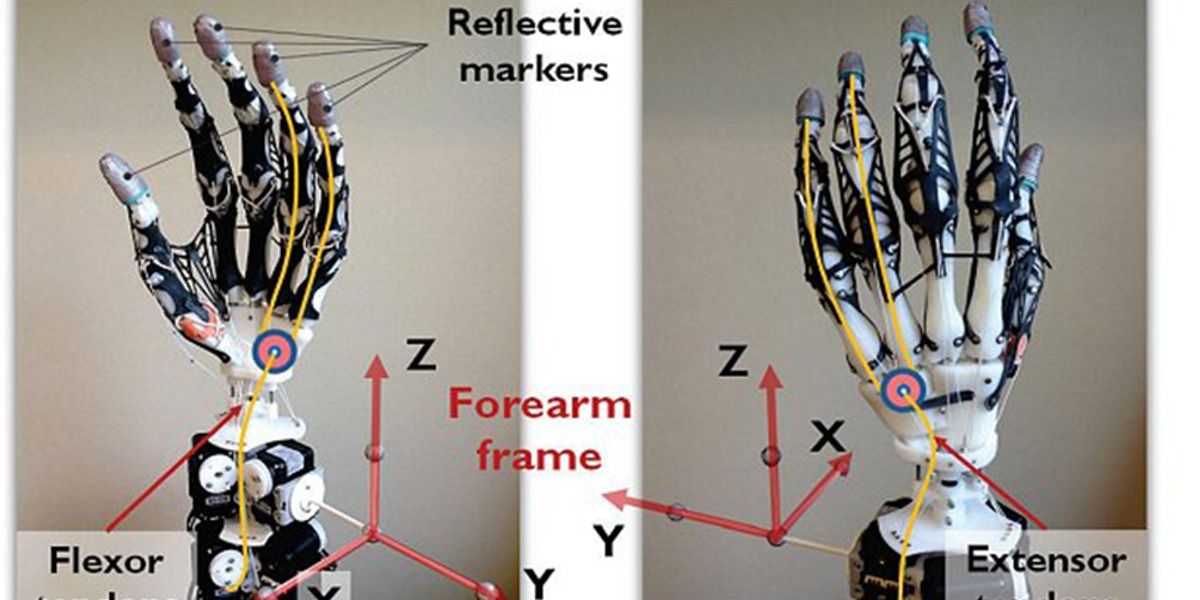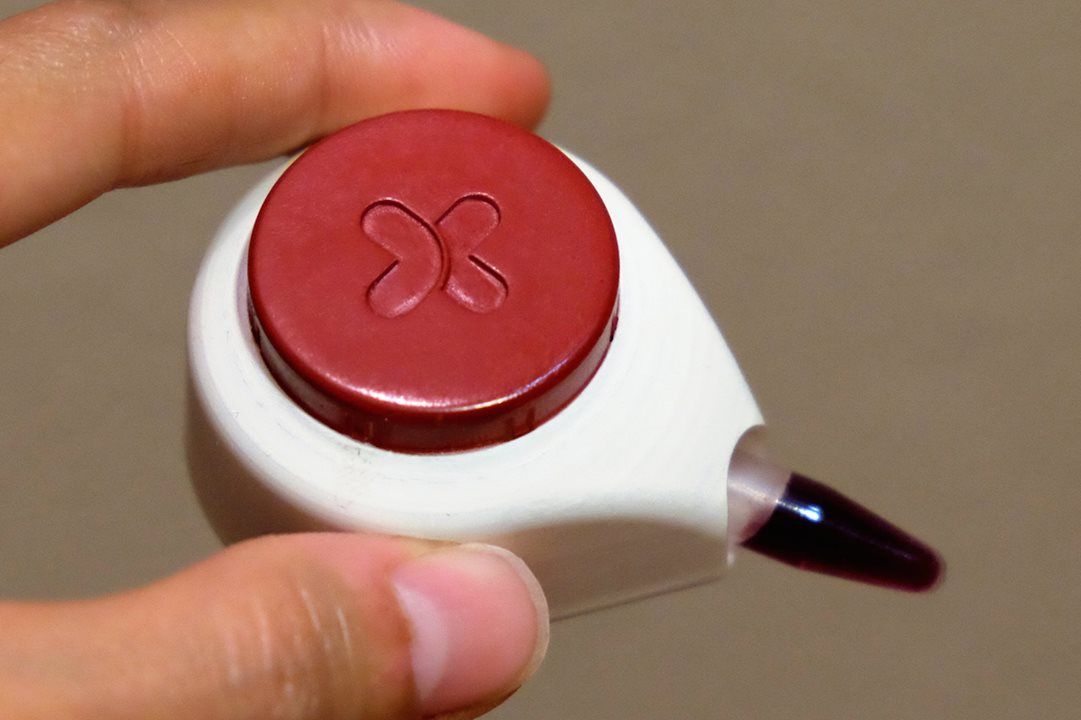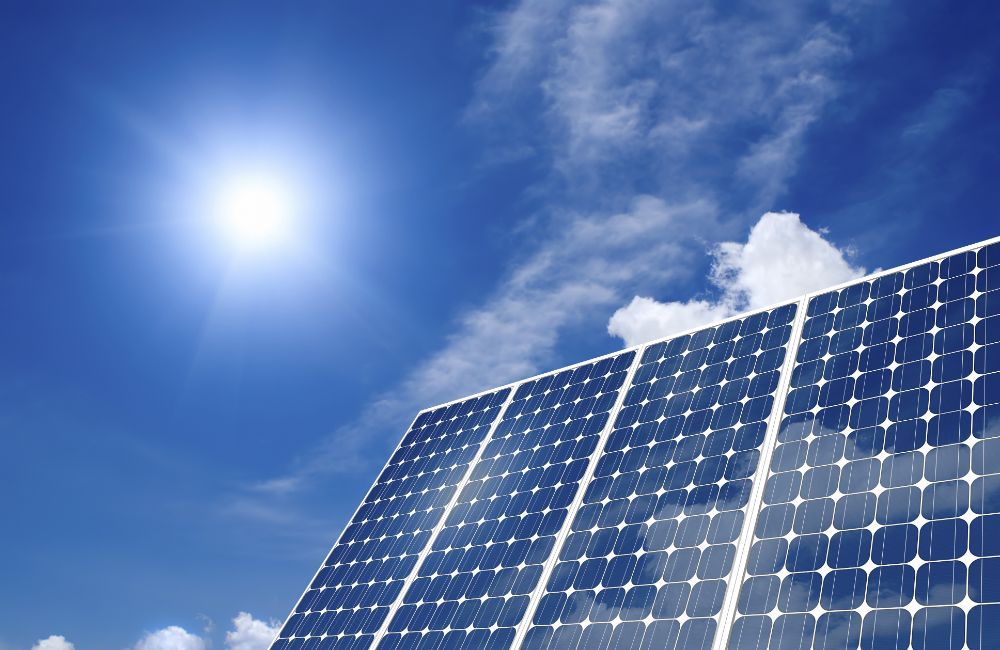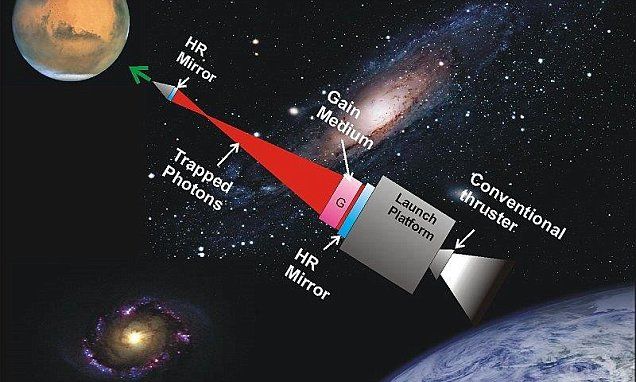Page 11403
Feb 19, 2016
Artificial Kidney Made of Nanofilters and Living Cells to Replace Dialysis
Posted by Shailesh Prasad in categories: biotech/medical, computing, health, nanotechnology
At Vanderbilt University scientists are building an artificial kidney that they envision will one day will be a standard of care over dialysis. The device consists of a silicon nanotechnology filter chip and embedded living kidney cells that would work together to mimic the functionality of a healthy kidney. The end result is expected to be about the size of a natural kidney, small enough to be implantable and powered by the body’s own blood flow.
The filter component has tiny pores that can be individually shaped to perform a specific task. These filters would sit in a series, each one performing a different filtration step. Between the filter slices there would be living kidney cells that perform tasks that the man made components are not very good at, including reabsorption of nutrients and getting rid of accumulated waste.
Here’s video with Vanderbilt University Medical Center’s Dr. William Fissell, the lead scientist on the research:
Feb 19, 2016
Google Preparing A New Smartphone With Virtual Reality Support
Posted by Shailesh Prasad in categories: computing, electronics, mobile phones, virtual reality
This time, there is a very serious news about virtual reality as Google Inc. is said to be getting ready to unveil a new-fangled smartphone headset.
According to The Financial Times, the new headset will succeed Cardboard, and would be featuring much better sensors, lenses, and a more solid plastic skin.
It’s said the product is the like of Samsung’s Gear VR since it will use a smartphone to display as well as most of its processing power. The only difference is that the current Cardboard VR headset is just a cardboard headset like its name with an inserted smartphone, while the new one will be coming with an extra motion sensor for adding whatever the phone places out.
Feb 19, 2016
SolarCity will use Tesla’s Powerpack to deliver solar power even when it’s dark
Posted by Shailesh Prasad in categories: Elon Musk, solar power, sustainability, transportation
No source of energy is perfect and one of the traditional drawbacks of solar energy has been that it’s tough to generate new power when it’s dark outside. However, SolarCity announced this week that it’s taken a big step toward fixing this problem by agreeing to use Tesla’s 52 MWh Powerpack lithium-ion battery storage system for its massive solar power project that it’s building in Hawaii for the Kaua’i Island Utility Cooperative (KIUC). SolarCity, of course, is chaired by Tesla CEO Elon Musk so the decision to go with the Powerpack is pretty convenient for both companies.
MUST READ: The FBI has laid a clever trap for Apple
SolarCity says it believes that its collaboration with Tesla will produce “the first utility-scale system in the U.S. to provide dispatchable solar energy, meaning that the utility can count on electricity being available when it’s needed, even hours after the sun goes down.” To be clear, using the Powerpack won’t completely eliminate the need for non-solar resources at night since it’s projected to feed up to 13 megawatts of electricity onto the grid, which will only reduce the amount of power used by non-renewable sources.
Feb 19, 2016
This flexible smartphone reacts to the way you bend it
Posted by Shailesh Prasad in category: mobile phones
Feb 19, 2016
Japan Is Trying To Make Ghost in the Shell Real
Posted by Shailesh Prasad in category: futurism
Forget that Hollywood live-action adaptation nonsense, scientists and researchers in Japan are trying to turn the world of Ghost in the Shell into reality.
The Ghost in the Shell Realize Project, which launched in 2014, fosters projects and ideas inspired by the famed sci-fi manga and anime.
Feb 19, 2016
Scientists In Washington Have Created the Most Lifelike Robotic Hand Yet
Posted by Shailesh Prasad in category: robotics/AI

Rapidly advancing robot appendages are in vogue lately, and they’re going to change how we do everything.
When it comes to robot design, there are the pragmatists and the biomimetics. The pragmatists will design a robot that efficiently carries out its designated function without much worry about what the finished product looks like. As long as it can complete its repetitive task day-in and day-out, who cares about the cosmetics? An industrial robot arm that holds a welding torch, for example, isn’t much of an “arm” at all, but rather something that could easily be mistaken for a sci-fi villain.
Continue reading “Scientists In Washington Have Created the Most Lifelike Robotic Hand Yet” »
MIT has developed a quantum computer design featuring an array of superconducting islands on the surface of a topological insulator that they’re experimenting with to process 0’s & 1’s — if they are successful; this could possibly get us within a 5 yr window for QC platforms.
Massachusetts Institute of Technology (MIT) researchers have developed a quantum computer design featuring an array of superconducting islands on the surface of a topological insulator.
The researchers propose basing both quantum computation and error correction on the peculiar behavior of electrons at neighboring corners of these islands and their ability to interact across islands at a distance.
Feb 19, 2016
Photonic propulsion could send aircraft to Mars in ‘a few days’
Posted by Andreas Matt in category: space travel
Researchers at the University of California Santa Barbara are aiming to use photonic propulsion technology to get aircraft to relativistic speeds, or more than one tenth of the speed of light.
Feb 19, 2016
Biochemical alteration responsible for brain tumor resistance identified
Posted by Karen Hurst in categories: biotech/medical, genetics, neuroscience
Glioblastoma multiforme (GBM) is often difficult to treat due to an enzyme (endonuclease DFF40/CAD (Death Fragmentation Factor, 40 kDa subunit / Caspase-Activated DNase)). This enzyme, which is essential for degrading DNA during apoptosis, appears both downregulated and improperly located inside the tumour cells. The researchers observed that overexpression of the enzyme allows the glioblastoma cells to properly degrade their DNA content.
Glioblastoma is the most aggressive manifestation of brain tumours. Due to its high invasive capacity and uncontrolled, infiltrating growth, it is particularly difficult to manage. Currently, the treatment for this disease consists of a combination of surgery (when possible), radiation and chemotherapy. Although current therapy raises the overall survival of patients by around 15 months, it remains inefficient at eradicating tumour cells and, unfortunately, recurrences are another of this cancer’s characteristics.
A team of researchers from the Institute of Neuroscience at the UAB, together with the Hospital Universitari de Bellvitge — ICO, have identified a common molecular alteration in glioblastoma. The researchers observed that the cells of this type of tumour harbour a common intrinsic defect that prevents them from degrading their genetic material during apoptosis, the most important form of programmed cell death induced by radiotherapy and chemotherapy.
Continue reading “Biochemical alteration responsible for brain tumor resistance identified” »

















